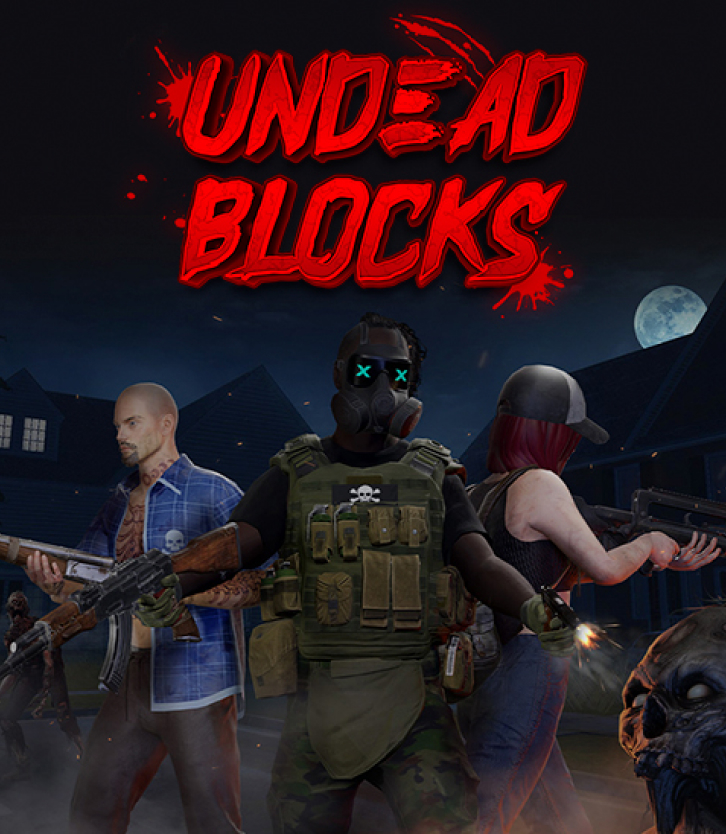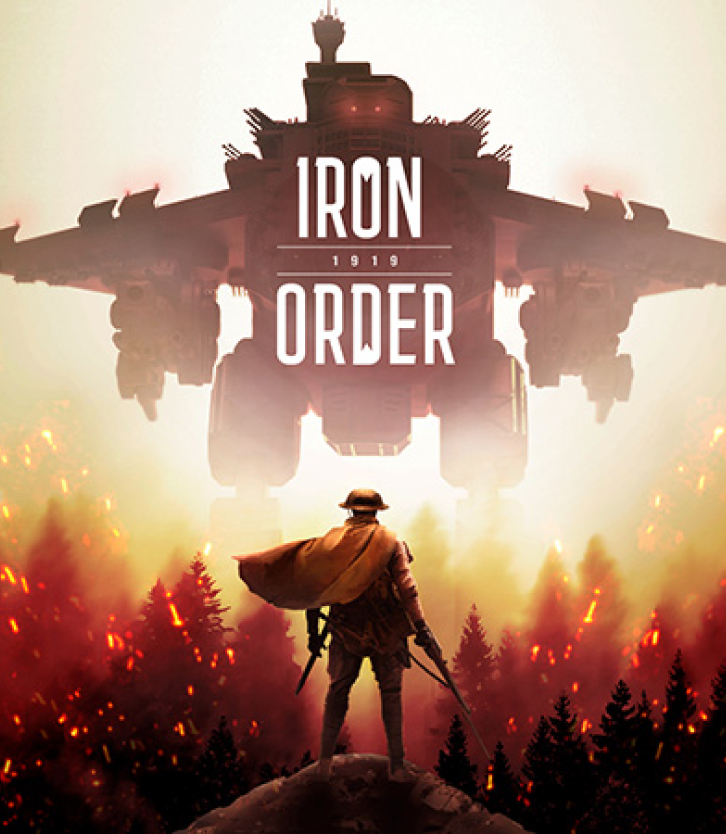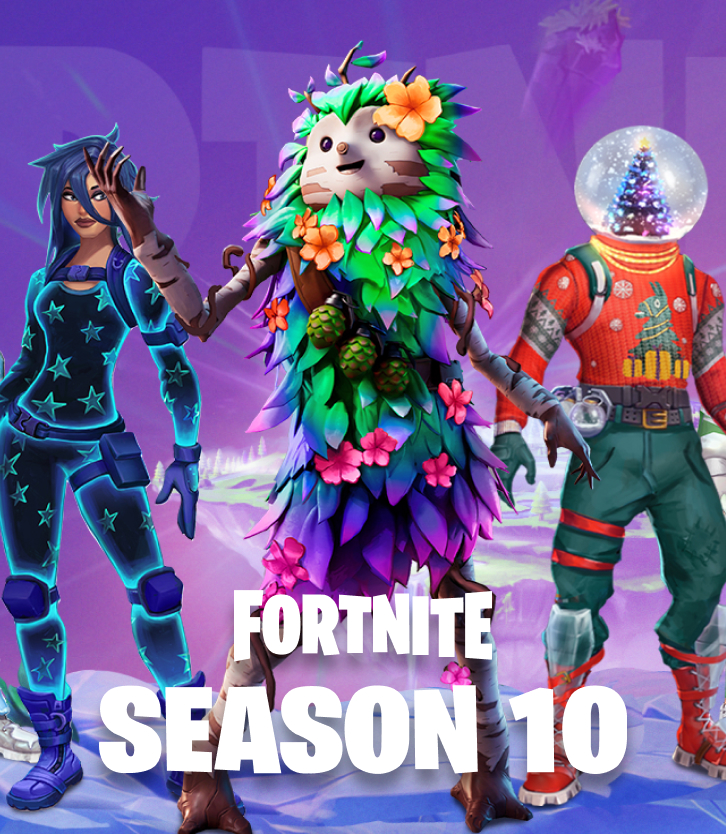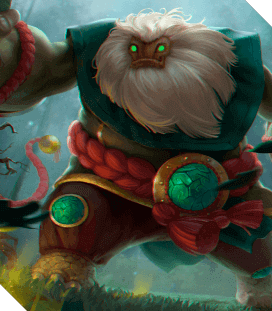Video game animation has become an essential aspect of creating an immersive experience for players. With the advancement of technology and software, game developers can now create highly complex and visually stunning animations. By animating each element, designers can evoke emotions in players, whether it’s the excitement of a thrilling chase or the heart-wrenching grief of a character’s loss. Animation not only enhances the gaming experience but also serves as a critical tool for storytelling and character development in video games. It’s no surprise that gaming animations have become one of the key elements in the success of modern video games that we all love to play.
Video Game Animation Explained
Animation for video games is a captivating medium that has the power to bring stories and characters to life. Essentially, it involves creating moving images through the use of various techniques and technologies. The history and evolution of animation in video games is a fascinating topic to explore. From the early days of simple pixelated characters moving across the screen to the immersive and lifelike animations of modern games, the evolution is impressive. The advancements in technology have had a significant impact on the way developers can bring characters to life on the screen. Motion capture has allowed for a heightened level of realism in movements and facial expressions. The ability to create lifelike animations has also opened up new opportunities for storytelling and character development within games. As technology progresses, it will be exciting to see how animation in video games continues to evolve and enhance the gaming experience.
The Functioning of Animation in Video Games
Animation creation in video games has come a long way in recent years and is an essential part of the gaming experience. It brings the characters and environments to life, making them more believable and immersive. Not only does it make games more enjoyable, but animation also has practical applications. For instance, it can be used to illustrate complex ideas or convey emotions that are difficult to put into words. Moreover, it has been used to create educational games that help children learn in a fun and engaging way. Video game animation is a versatile tool that adds depth and creativity to the gaming industry:
1. Enhancing Immersion
Effective video game animation immerses players in the game world. From the subtle gestures of characters to the dynamic changes in the environment, animation creates a cohesive and engaging experience.
2. Communicating Feedback:
Animation for games serves as a crucial feedback mechanism. It communicates the consequences of player actions, signifies the progress of in-game events, and conveys important information through visual cues.
3. Evolving Storytelling:
Dynamic animation contributes to evolving storytelling. Character arcs, emotional expressions, and scripted sequences enhance the narrative, making the gaming experience more cinematic and impactful.
4. Improving Gameplay Dynamics:
Responsive and well-crafted animations impact gameplay dynamics. Smooth character movements, realistic physics, and seamless transitions contribute to the overall playability of a game.
5. Establishing Visual Identity:
Distinctive animation styles contribute to the visual identity of a game. Whether it’s a stylized, cartoonish approach or a more realistic depiction, animation sets the tone for the entire gaming experience.
Types of Video Game Animation
Various types of animation contribute to the interactive nature of video games, allowing developers to create dynamic virtual worlds. Each type serves a unique purpose: enhancing character storytelling, creating realistic movements, or adding visual appeal to the gaming experience.
Key Components of Video Game Animation:
- Characters Animation: This involves the movement of in-game characters, including walking, running, jumping, and executing various actions.
- Environmental Animation: Animated elements within the game environment, such as swaying trees, flowing water, and dynamic weather, contribute to a more immersive experience.
- Object Animation: In-game objects, props, and items are animated to respond to player interactions, adding a layer of realism and engagement.
- User Interface (UI) Animation: Animated elements in the UI guide players through menus, provide feedback, and enhance the overall navigational experience.
2D Animation
Traditional 2D animation involves creating movement in a two-dimensional space. It’s characterized by hand-drawn or digitally crafted frames that, when played sequentially, bring characters and scenes to life.
Widely used in classic side-scrolling games, indie titles, and mobile games due to its stylistic appeal and ease of production.
3D Animation
3D animation adds an extra dimension, allowing for lifelike character movements and realistic environments. It involves manipulating three-dimensional models to create dynamic, immersive experiences.
Applications: Mainstream in modern AAA games, providing realistic character expressions, fluid movements, and intricate environmental details.
10 Principles of Animation in Video Games
The following animation principles collectively form the backbone of creating engaging and visually stunning experiences in video games. By solid understanding and implementing these concepts, game developers can craft animations that serve functional purposes and elevate the overall quality and enjoyment of the gaming journey.
Squash and Stretch: A Core Animation Principle in Video Games
It is a foundational animation principle where characters or objects are deformed to emphasize motion and impact. It adds a dynamic and elastic quality to animations, making movements more visually appealing and expressive.
It is widely used in video games for exaggerating actions, such as character jumps or impacts, to enhance the sense of weight and elasticity.
Predicting Motion in Game Animation
Predicting motion involves anticipating and preparing for upcoming actions in-game animation. It ensures a smooth and natural flow of movements, allowing players to react intuitively to in-game events.
Employed in animations to provide a visual cue or hint before a character performs a significant action, contributing to a more immersive gaming experience.
Emphasizing Character
Staging in character animation refers to presenting characters or actions clearly to the audience. It involves strategically positioning characters and objects to convey their importance or actions.
Effective staging guides player attention ensures clarity in storytelling and enhances the overall visual impact of key elements in the game.
Animation Through Staging
The seamless transition between different poses and movements shapes the animation flow. Well-crafted poses contribute to the overall rhythm and pacing of the game, influencing the player’s experience.
Movement and posed frames dictate the natural progression of animations, impacting gameplay dynamics and visual aesthetics.
Shaping Animation Flow with Movement and Posed Frames
The seamless transition between different poses and movements shapes the animation flow. Well-crafted poses contribute to the overall rhythm and pacing of the game, influencing the player’s experience.
Movement and posed frames dictate the natural progression of animations, impacting gameplay dynamics and visual aesthetics.
The Concept of Gradual Entry and Exit in Game Animations
Gradual entry and exit involve smoothly introducing and concluding animations. It ensures that characters and objects don’t abruptly appear or disappear, maintaining a natural and polished look.
It is used to enhance the realism of character entries and exits and create a seamless connection between different animations in the game.
Coordinating Sequential Actions and Subsequent Reactions
Coordinating sequential actions and reactions in-game animation ensures that characters respond logically to in-game events. It involves creating a cause-and-effect relationship between different animations.
Used to make character movements and interactions more believable, contributing to the overall coherence of the game world.
Curved Pathways: Arcs
Animation along curved pathways introduces fluidity and grace to movements. Instead of linear paths, curved trajectories add a natural and dynamic quality to character animations.
Most activities, such as swinging arms and legs while walking, naturally follow an arc as parts of the item or character move. Arcs are an excellent way to refine the polish and accuracy of a movement. Knowing when to break a smooth arc will add another level of detail and make animation slightly lifelike, just like using overlapping actions does. The head frequently snaps when the body stops after a punch because of its weight over the rest of the body. Working with mocap extensively can reveal many observable qualities, such as the head breaking from the arc of the rest of the body. It adds depth to the animation necessary to make it look realistic.
Supplementary Motion Effects
Supplementary motion effects involve adding secondary movements to gameplay animations, such as hair swaying, clothing reacting to wind or subtle facial expressions. These details contribute to a more realistic and immersive animation.
Used to enrich character animations, environmental interactions, and overall visual fidelity, providing a layer of detail that enhances the player’s connection to the game world.
Timing
An animation’s main component is timing, typically used to emphasize the importance of a character or item. The time it takes for an object or individual limb to move or rotate a distance or angle inherently correlates with speed and conveys how forceful or weighted that motion is to the observer.
Reasons Why Players Enjoy Animation Gaming
One of the most essential factors in any game is creating engaging characters that players can connect with. Whether it’s a heroic protagonist, a quirky sidekick, or a complex antagonist, the characters in a game can make or break the player’s experience. A well-written character can draw players in, make them care about the story, and leave a lasting impact long after they’ve finished the game.
Immersive Gaming Experience
One of the latest trends to take the gaming industry by storm is the immersive gaming experience. With the advent of virtual and augmented reality, gamers can now enjoy a more fully realized sensory gaming experience than ever before.
Artistic Freedom
Artistic freedom is a fundamental right that allows artists to express themselves and their creativity freely. Artistic freedom includes freedom of speech and expression, the freedom to create and disseminate art, and the freedom to pursue creative endeavors without fear of censorship or retaliation.
Diverse Gameplay Options
In today’s gaming world, there are endless possibilities when it comes to gameplay options. With games ranging in genres from sports to role-playing, there is something for every gamer. The best part is that many of these games offer diverse gameplay options, allowing players to customize their experience and play the game however they please. From choosing different game modes to adjusting difficulty levels, gamers can make each playthrough feel unique and exciting. With the addition of online multiplayer, players can compete against others worldwide, making the gameplay experience even more diverse.
Challenges and Future Trends in Video Game Animation
Animation technology in video games has come a long way since the advent of the industry. It’s no secret that graphics and animations are integral to any video game’s success. Today’s video games are more immersive and engaging, with realistic 3D graphics and life-like animations. From motion capture to body and facial scanning technology to adaptive physics engines, the advancements in animation technology have allowed game developers to bring their creativity to life and keep players coming back for more. As we move forward, it’s exciting to see what new developments in animation technology lie ahead and how they will change the gaming industry’s future.
Overcoming Technical Limitations
Completing the exploration of animation in video games, we can see that animation has significantly impacted the gaming experience. Games have become more vivid and immersive by introducing characters, environments, and unique effect animations. With rapid technological advancements, game developers can now access various tools and technologies that allow dynamic visuals and realistic character movements and interactions. The trend of improved animation technology requires creativity and technical know-how to implement animations into video games effectively. As technology continues to develop in this field, players will be able to experience increasingly immersive and compelling gameplay experiences. If you’re seeking to create engaging animation within your own video game project, consider taking advantage of the various tools available, free-of-charge online.
The Increasing Need for Realistic and Natural Motion Capture Technology
Another trend to watch for is the increased use of motion capture, allowing for more realistic movements and facial expressions from characters. With the use of motion capture technology, these performances have become more convincing than ever before.
Blending 2D and 3D Animation Styles for Engaging Visuals
Through the juxtaposition of traditional 2D animation services and modern 3D animation, artists can create a unique and memorable visual style. Combining these two techniques allows for various creative decisions, such as adding depth and texture to 2D characters or stylizing 3D models to appear more cartoony. The possibilities are endless when it comes to blending 2D and 3D animation styles, and the result is visually stunning animations that keep viewers engaged and entertained. Simply choose whom to hire 2D animator or 3D animator who can blend animation styles.
Advanced AI Tools for Producing High-Quality Animations Faster Than Ever Before
Animators have always relied on their creative skills and intuition to create stunning visuals. But with the help of AI technology, artists can now achieve more in less time. These tools offer a range of benefits, including the ability to generate lifelike character movements, natural facial expressions, realistic sound effects, and seamless transitions. The most significant advantage of these AI tools is that they help reduce the workload of animators by automating many repetitive processes. It means that animators can focus more on creative aspects and bring their ideas to life with less stress and more productivity.
Virtual Reality and Augmented Reality Animation
Virtual Reality and Augmented Reality Animation have revolutionized the way we perceive content. Through advanced technology, virtual reality (VR) and augmented reality (AR) have enabled us to enter a world of endless possibilities, where we can experience things that were once only a figment of our imagination. With VR, users can immerse themselves in a digital world and interact with it as if it were real. Augmented reality (AR), on the other hand, adds a layer of digital information on top of the real world.
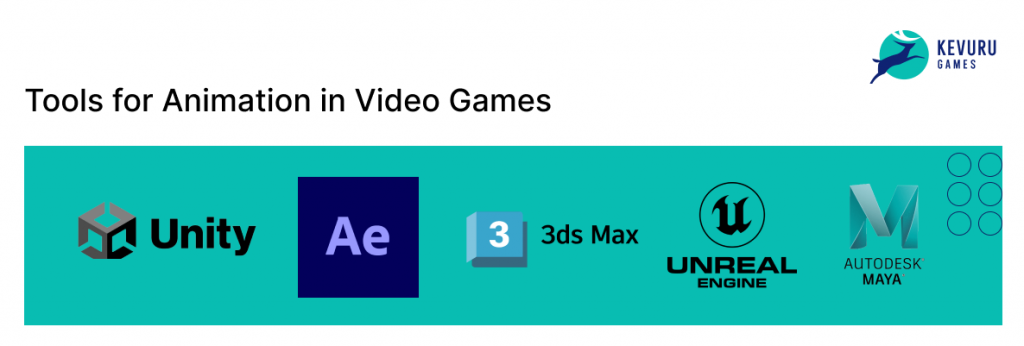
User-Generated Content and Animation
In the world of digital media, user-generated content and animation have become two powerful tools that are changing how we tell stories and consume entertainment. With the rise of social media platforms like YouTube, TikTok, and Instagram, anyone can become content creators and tell their unique stories through video. With animation software becoming more accessible and user-friendly, animators can bring those stories to life in new and exciting ways. From simple animations to full-fledged animated series, user-generated content and animation drive innovation in the entertainment industry and give a voice to people who might not have had one before. It truly is an exciting time to be a storyteller.
Tools Used for Creating Animations in Video Games
Creating animation in video games requires a wide range of tools. From modeling software to animation rigs, designers must use a variety of resources to bring their characters and environments to life. One key tool in the animation process is a 3D modeling software such as Blender or Maya. These programs allow designers to create and customize objects and characters in a digital environment. For animation, a rigging tool is used to create a skeleton for the 3D model, allowing it to be manipulated in various ways. Along with these basic tools, designers may also use motion capture technology and specialized animation software to achieve precise and subtle animations for their games. Overall, there are many different tools and techniques used in creating video game animations, and each one plays a crucial role in bringing the game world to life.
Kevuru Games Expertise in Game Development
We want to introduce Kevuru Games as AAA Game Art Studio, a professional team working in the game industry for over 12 years, with experience in full-cycle development. The team—including artists, programmers, project managers, and game designers—is dedicated to covering game projects to launch successful games. Our Art Studio provides games that make the most of professional tools to produce stunning visuals, 2D art portfolio and 3D animation services, realistic physics, and engaging gameplay mechanics. We encourage you to learn more on how to hire 2D artists or 3D modelers to create lifelike characters to attract to your game project dedicated team to cover all stages of development. Also, it’s a necessary expertise to make games on various platforms.
Mobile Gaming: Our games are optimized for touch interfaces, meaning players can enjoy fluid, engaging gaming when on the go. We take this action because we know how common and easily accessible mobile devices are.
Console Gaming: We can create games that capture the spirit of each platform and give gamers experiences that are both genuine and innovative, whether it’s the PlayStation, Xbox, or Nintendo.
Cloud and Streaming: Kevuru Games game development company that knows the ins and outs of cloud gaming and streaming services.


